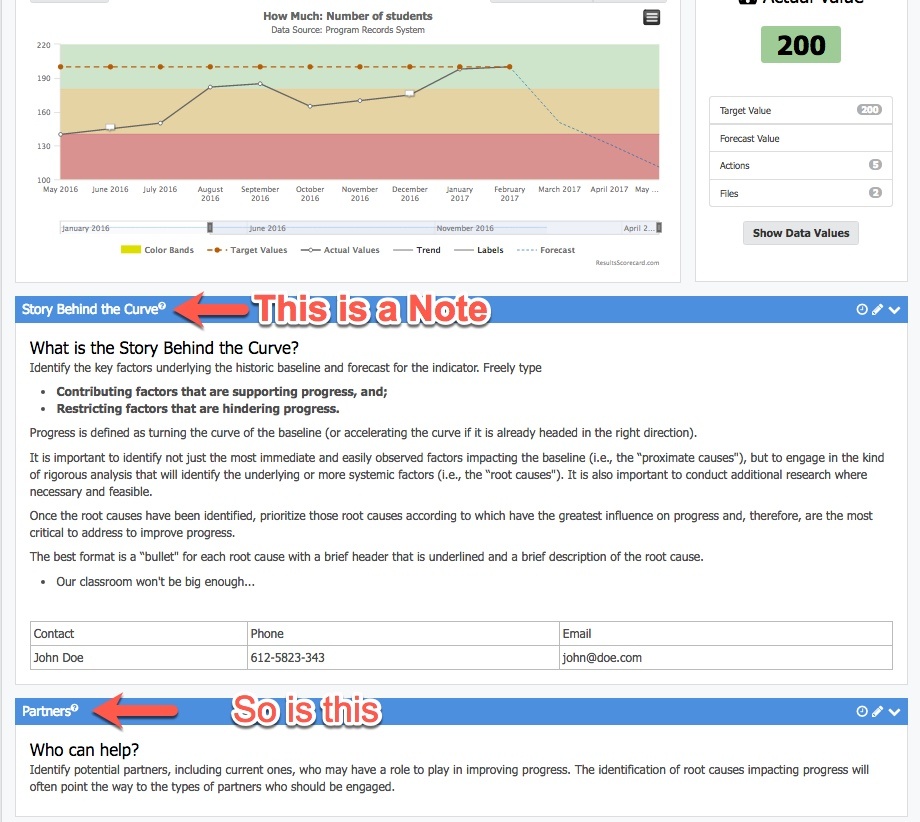

Our open code nutrient scoring can help to examine dietary intake in experimental studies, including dietary fiber and its subclasses, and can be readily adapted to other FFQs. The computed nutrient scores resembled overall plausible and reliable measures of nutrient intake given the known limitations of FFQs regarding over- or underreporting. Conclusion: We provide an openly available tool to systematically assess nutrient intake, including fiber, based on self-report by a common German FFQ. Links between nutrient intake relative to calorie intake and anthropometrics as well as serum markers remain inconclusive. Associations of dietary components to anthropometric markers showed distinct sex differences, with overall higher intake by males compared to females and opposite associations of fiber intake and BMI in males compared to females. Reliability between last 7 days and 24 hours per visit was moderate (Pearson’s r all ≥ 0.34, p all 0.40, p all 0.08, p all < 0.001). Results: In overweight adults (n= 61 (21 female), mean age 28.2☖.5 years, BMI 27.4☑.6 kg/m ² ) nutrient intakes were mostly normally distributed and within or surpassing recommended reference nutrient ranges for both last 7 days and last 24 hours. Exploratively, we correlated computed nutrient intake with v) anthropometric and vi) blood-based biomarkers. Further, iv) we report newly computed nutrient intake for two independent cross-sectional cohorts with continuous weight status and different dietary habits (n Mensa = 134 (79 female, 1 diverse), n GREADT = 76 male). In a sample of individuals (n GUT-BRAIN = 61 (21 female) overweight, omnivorous), we ii) cross-validated nutrient intake of the last 7 days and the last 24 hours and iii) computed test-retest reliability across two timepoints. Methods: To this end, we i) developed and shared a code for assessing nutrients (carbohydrates, fat, protein, sugar, fiber.) for 53 items of the quantitative, validated German DEGS1-FFQ questionnaire implementing expert-guided nutritional values of diverse sources with several raters. In this study we introduce an automated openly available approach to assess self-reported nutrient intake for research purposes for a popular, validated German food frequency questionnaire (FFQ). In particular, detailed information on dietary fiber is limited. Background: While necessary for studying dietary decision-making or public health, estimates of nutrient supply based on self-reported food intake are barely accessible or fully lacking and remain a challenge in human research.


 0 kommentar(er)
0 kommentar(er)
